Manhole Infrastructure Assessments
Maintaining underground infrastructure through assessment ensures integrity of the sewer system.
Written by: Joe Graham, PE | Susanna Mabery
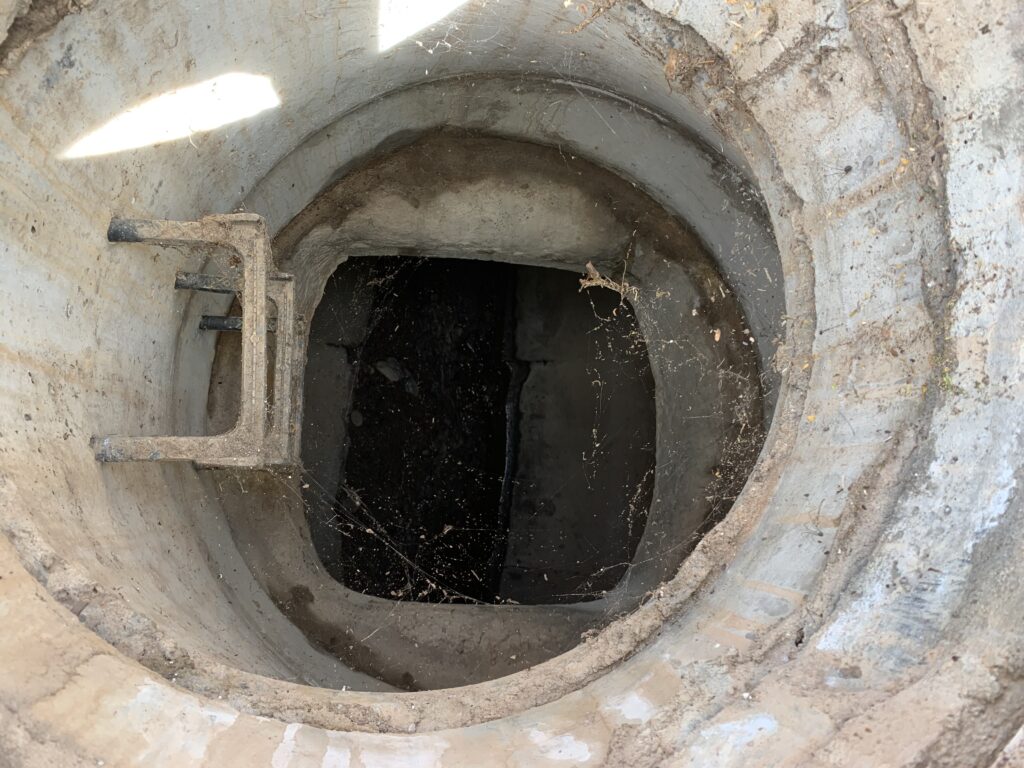
Introduction
As communities continue to grow and expand, the demand for keeping underground infrastructure functioning and reliable also increases. Dibble has the knowledge and expertise to safely assist municipalities in assessing their underground utilities without entering OSHA regulated spaces.
Our team’s approach helps agencies extend the asset lifecycle, minimize potential sanitary sewer overflows, improve performance, ensure public safety, and reduce operational cost of infrastructure.
Sanitary sewer manholes are utilized for a variety of reasons. They are typically placed at specified intervals along the sewer line to provide access for inspection, cleaning, and for removing obstructions that may have occurred. Manholes are also used for joining or altering the direction of the sewer or alignment, and in some instances both situations can be applied. A perforated cover over a manhole can allow gases to escape to aid in ventilation of the sewer system. In addition to providing access points for maintenance, the location of the manholes can facilitate the installation of the sewer line in accessible lengths. The material of a manhole can range from brick to precast concrete or cast-in-place concrete that may have a protective coating or PVC lining.
Dibble provides support and recommendations to the client regarding wastewater infrastructure through research, data compilation, and the generation of lifecycle vs. cost comparisons that assists in determining the appropriate rehabilitation application for the different conditions encountered. Through years of condition assessment of sanitary systems, evaluating the condition of sanitary sewer manholes and structures has been deemed of equal importance to the integrity of a sewer system as the pipe itself.
Method
Maintaining the integrity of the manhole is important to ensure the infrastructure remains an integral part of the sewer system and avoids becoming the weak link. Manhole inspections are performed on a routine basis and include the following evaluation:
- Check for deterioration of the manhole material and the structural condition
- Detection and removal of debris accumulation
- Identification of inflow and infiltration sources
- Verification or correction of existing sewer map
The National Association of Sewer Service Companies (NASSCO) has a program for defining and coding the defects that typically occur in manholes, the Manhole Assessment and Certification Program (MACP). There are two inspection protocols to use with this program.
- Level 1 inspection: basic condition assessment with information to evaluate the general condition of a manhole.
- Level 2 inspection: more detailed documentation of defects to determine manhole condition and provide the specifics needed for rehabilitation.
The defect codes have corresponding condition grades assigned to them base on the severity of deterioration. The Table below describes the assigned condition grades.
| Grade | Condition | Condition Definition |
| 5 | Extremely Poor | Most Significant Defect |
| 4 | Poor | Significant Defect |
| 3 | Fair | Moderate Defect |
| 2 | Good | Minor to Moderate Defect |
| 1 | Excellent | Minor Defect |
Plan of Action
Project Concept/Scope Development
Background data, research, and development is conducted for each project prior to the underground assessment. Our engineers review the as-builts, existing videos, utilities, utility quarter section maps, existing geometry configurations, stakeholder coordination requirements, deliverables, and the project schedule to determine the overall scope of the project.
Manhole Locating
Manholes are typically located within public right-of-way or easements and require permitting and/or coordination with the property owner to gain access.
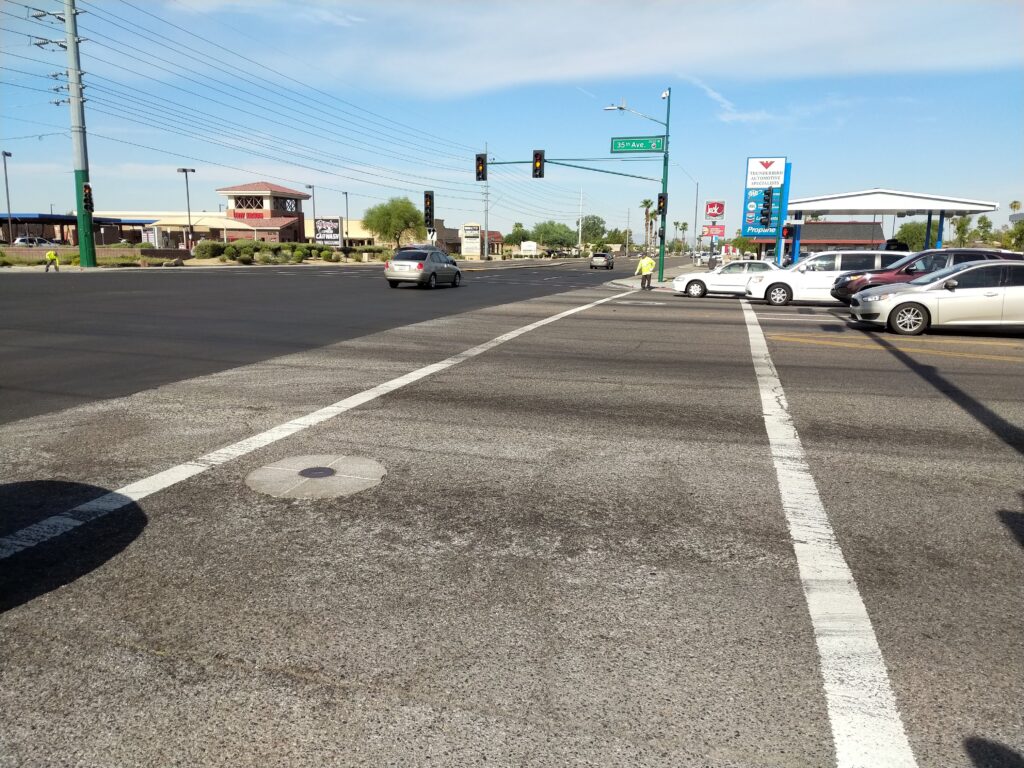
Dibble maintains an updated GIS database allowing timely evaluation of manholes identified for assessment and potential rehabilitation. GIS accessibility is extended to the project team using Esri’s ArcGIS and Webmap (smart phones and tablets with connection to wireless services) for sanitary sewer system verification and field data tracking. Quarter section areas or pipeline segments are highlighted within the map allowing the user to quickly identify project locations. Dibble prepares aerial maps, based on a municipality’s GIS data to identify manhole location and notes of potential access constraints.
Our rehabilitation inspector visits each manhole site to validate and document potential construction constraints and challenges including buried manholes, obstacles, embankments, gates, and miscellaneous structures built over manholes that restrict construction access. Dibble proactively identifies potential site-specific construction constraints and issues to reduce construction cost and minimize potential impacts to the construction schedule.
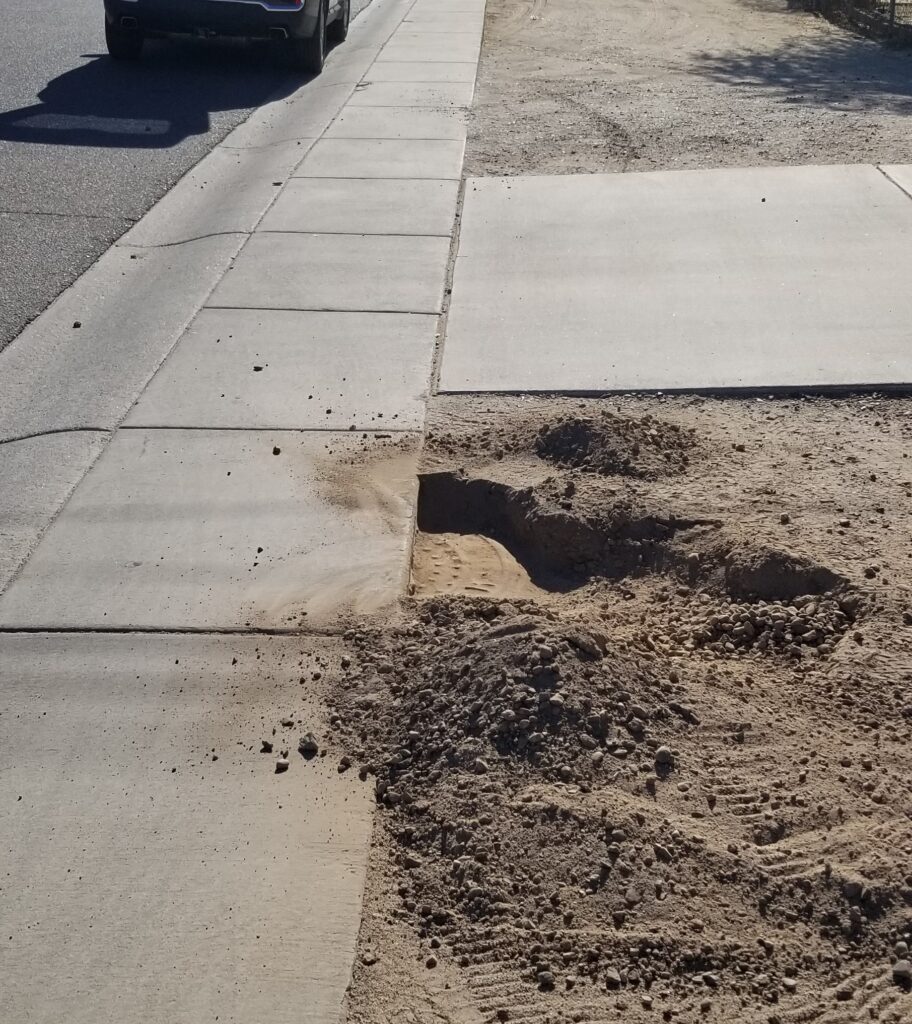
Inspection Process
There are different tools and methods that can be used during the inspection process to determine manhole defects, identify the likelihood of failure, and aid in defining a rehabilitation solution. The tools/methods can be used in conjunction in a phased approach or used independently if deemed appropriate per project constraints. A phased inspection approach can identify rehabilitation prioritization for the client.
The tools and methods used for inspection and a description of their benefits and uses are as follows:
- Pole Camera: Provides a visual inspection only and can be used for a NASSCO level 1 assessment. A NASSCO rating can be applied if the manhole deterioration is visually apparent. This tool is cost efficient as it only requires a one-person crew and involves quick set up and take down, increasing the inspection efficiency, allowing multiple manholes to be inspected per day. This camera can also be used for warranty inspections on recently rehabilitated manholes.
- 3-Dimensional Scan: This type of inspection tool can be used for a NASSCO level 2 assessment. Dibble typically uses a sub consultant for this type of inspection. Our sub consultant uses an IBAK Panaramo to conduct the 3D visual inspection. In addition to the visual inspection, the 3D scanner collects data into a point cloud that can be interpreted for measurements. The points cloud data also offers can also create a model of the current manhole. This output can be overlaid with a model of a new manhole to compare the differences in the model and determine the degree of deterioration. The collected data is reviewed and a NASSCO rating is assigned.
- Manned confined space entry requires a special permit. It is useful for identifying additional deterioration and collecting measurements to determine percentage of decay. This method is sometimes used in determining the manhole prioritization based on the percentage of deterioration. This inspection method can be used for a NASSCO level 2 inspection and assigns an appropriate condition rating.
In-house Pole Camera
Dibble recently acquired an in-house pole camera to allow our inspectors to easily inspect manhole conditions without the need for permit-required and hazardous confined space entry.
Digital scanning of the manhole interior captures 100 percent of the manhole cavity for review.
Visual data can be stored to an internal memory card where is can be viewed on a standard PC or transferred to digital media for future use. The video feed can also be viewed real-time on a mobile device and streamed to allow multiple users to view the results.
The camera can also inspect segments of the pipe upstream and downstream from the manhole location, providing another unmanned, cost-effective evaluation of the sewer system.
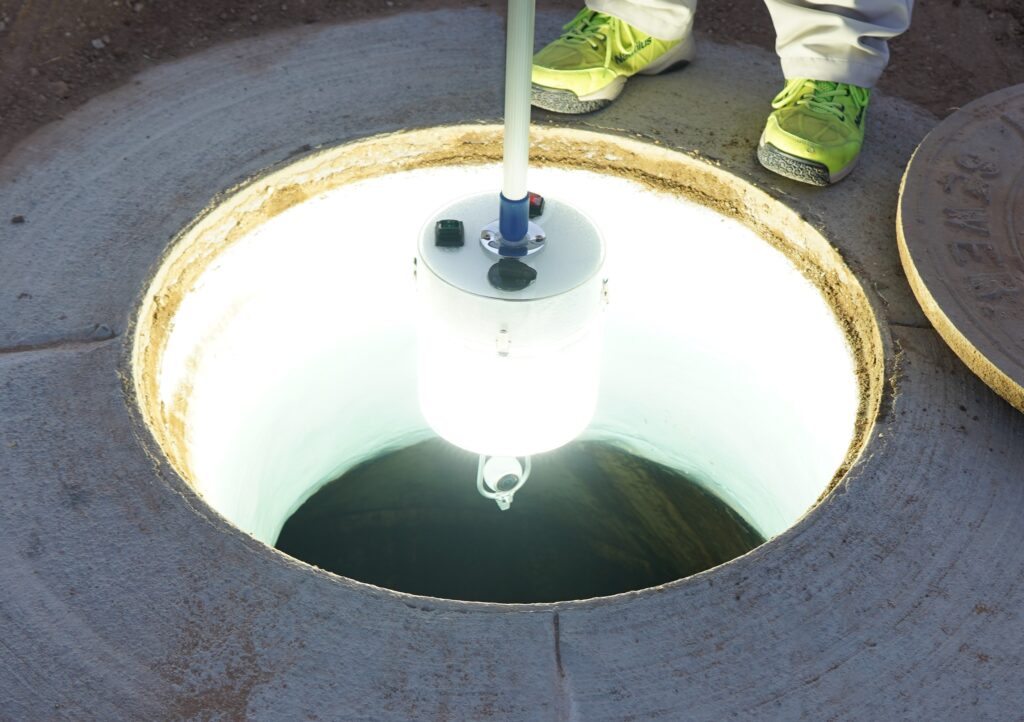
Conclusion
Degrees of deterioration most often encountered include broken frames/covers, displaced brick, exposed aggregate or reinforcement, corroded connecting services and steps, and the delamination of coatings or linings.
The data obtained from the camera or manned inspection is reviewed to MACP standards to verify and confirm the condition of the manhole and to provide recommendations for rehabilitation. Surface features that require restoration (i.e. pavement, concrete, stamped concrete, manhole cover) are identified as well as any required excavation.
Dibble’s intimate experience with rehabilitation helps to identify the best long-term solution for manhole rehabilitation.
Manhole Inspection Project Success
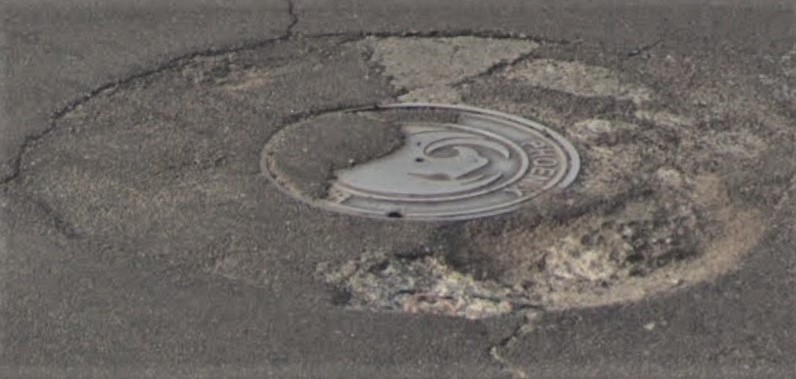
Project Name: City of Phoenix – Manhole Warranty Inspection Assessment
Location: Phoenix, Arizona
Description: Dibble is providing warranty inspection services for the City of Phoenix on 84 manholes that were recently rehabilitated under a city-wide rehabilitation program. The inspection process includes the use of the pole camera to provide the condition assessment and identify any defects that might be present, so they can be resolved under the warranty. The warranty inspection will provide the City confidence of a quality rehabilitation product with good workmanship.
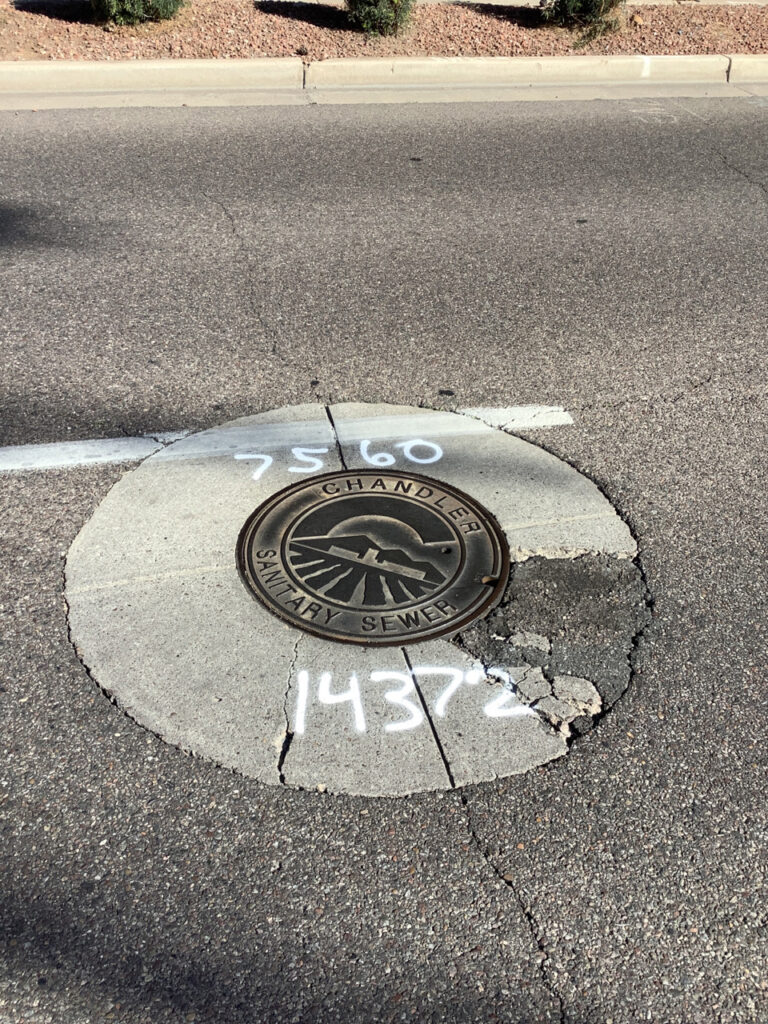
Project Name: City of Chandler – Manhole Assessment 2020
Location: Chandler, Arizona
Description: The City is continuing a rehabilitation program to assess the condition of 353 access manholes on larger diameter sewers within their sanitary sewer collection system. Dibble’s sub consultant, ProPipe, conducted a remote visual investigation of the internal manhole conditions using IBAK Panoramo digital video technology and assigned defect coding using NASSCO’s MACP. Dibble verified the defect coding and performed additional assessment on a portion of the manholes utilizing manned entry physical probing for verification of the structural conditions. The Dibble team reported the assessment results to the City in a technical memorandum, which included a prioritized list of areas requiring rehabilitation or repair with an engineer’s opinion of probable construction cost. Dibble integrated the assessment data results into the City’s GIS record mapping system (Lucity) for record retention and tracking.
Markets Mentioned
Infrastructure Rehabilitation
Services Mentioned
Infrastructure Rehabilitation
Water + Wastewater
This Case Study PDF
Project Details
Project
Manhole Infrastructure Assessments
Market Used In
Sewer Infrastructure Inspection and Rehabilitation
Value-Added
Lifecycle efficiency
Minimizes Overflow
Cost effective
Reduces operational costs
Ensures public safety
Engineer
Dibble

